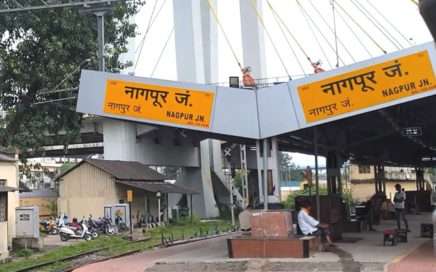Nagpur: Tomatoes have once again hit a century. The red vegetable has once again crossed the Rs 100 mark in Nagpur, as prices have surged sharply in less than a week. This increase has been attributed to unseasonal rains affecting the Nashik region, a major area for tomato cultivation. Additionally, a virus attack has significantly reduced supply, further driving up prices, according to local farmers.
Currently, a crate of 20 kg of tomatoes is being sold for Rs 1,500 to Rs 1,600 in Nashik’s farm produce markets. This spike translates to retail prices ranging from Rs 100 to Rs 120 per kg in Nagpur’s markets. Vendors in areas such as Gokulpeth and Cotton Market are selling lower-grade tomatoes for about Rs 70 to Rs 80 per kg.
Media reports suggest that this price hike is a temporary phenomenon, with expectations that rates may stabilize within a fortnight to a month. However, this situation arises as supply issues are also being experienced in other states.
Continuous rainfall over the past two weeks in tomato-growing areas of Nashik has severely damaged the crop, with farmers reporting that only about one-fourth of the produce has been salvaged. As a result, prices have more than doubled in just one week, according to a local tomato farmer.
Many farmers had previously reduced the area under tomato cultivation due to low prices last season. However, with the current crop damage, supply has decreased even further, causing rates to spike. Interestingly, this situation has also benefited some farmers, as the remaining crop requires less labor for plucking. With higher prices, they can recover losses and achieve a substantial profit.
Fresh supplies from the western parts of Nashik are expected in about a month, but reports indicate that yields may still be lower. In addition to Nashik, Nagpur’s bulk traders source tomatoes from Madanapalle in Andhra Pradesh, Chintamani in Karnataka, as well as smaller hubs in Chhindwara, Madhya Pradesh, and various areas in Amravati.
A tomato grower pointed out that this has also come as a blessing in disguise for a section of farmers. With a meagre crop left, the farmers don’t have to incur much labour cost for plucking, and the current rates are more than enough to not only make good the crop loss but also leave a hefty profit.

















